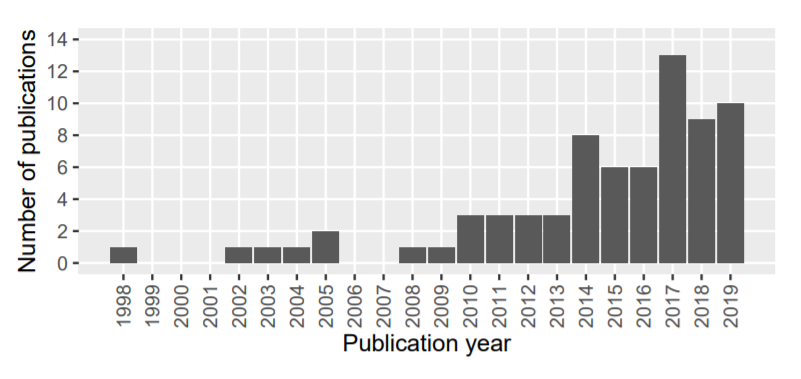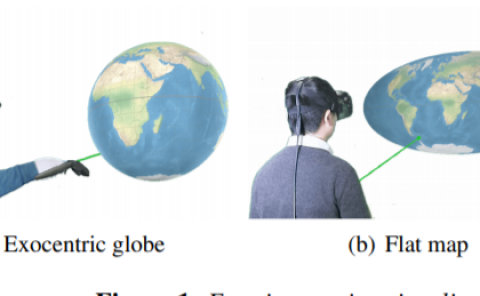Evaluating the Data Quality of Eye Tracking Signals from a Virtual Reality System: Case Study using SMI’s Eye-Tracking HTC Vive
PubDate: Dec 2019
Teams: Texas State University
Writers: Dillon J. Lohr, Lee Friedman, Oleg V. Komogortsev

Abstract
We evaluated the data quality of SMI’s tethered eye-tracking head-mounted display based on the HTC Vive (ET-HMD) during a random saccade task. We measured spatial accuracy, spatial precision, temporal precision, linearity, and crosstalk. We proposed the use of a non-parametric spatial precision measure based on the median absolute deviation (MAD). Our linearity analysis considered both the slope and adjusted R-squared of a best-fitting line. We were the first to test for a quadratic component to crosstalk. We prepended a calibration task to the random saccade task and evaluated 2 methods to employ this user-supplied calibration. For this, we used a unique binning approach to choose samples to be included in the recalibration analyses. We compared our quality measures between the ET-HMD and our EyeLink 1000 (SR-Research, Ottawa, Ontario, CA). We found that the ET-HMD had significantly better spatial accuracy and linearity fit than our EyeLink, but both devices had similar spatial precision and linearity slope. We also found that, while the EyeLink had no significant crosstalk, the ET-HMD generally exhibited quadratic crosstalk. Fourier analysis revealed that the binocular signal was a low-pass filtered version of the monocular signal. Such filtering resulted in the binocular signal being useless for the study of high-frequency components such as saccade dynamics.


